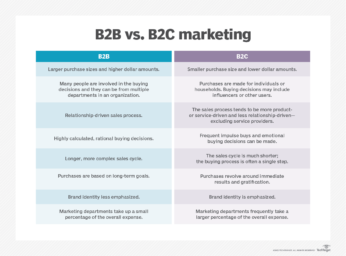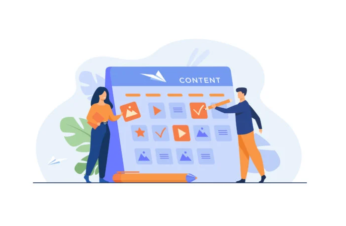No digital marketing professional knows how bad the economic downturn that has caused tens of thousands of tech-industry layoffs will be or how long it will last. No one knows when Google will actually deprecate third-party cookies — if ever.
But analysts have some advice for beleaguered marketers and CX leaders, many of whom will face shrunken budgets, to maximize investments in the coming year. There’s no time to lose.
“CX teams that track metrics and can demonstrate the efficacy of their efforts for business outcomes get budgets to continue,” said Joe Cicman, Forrester Research senior analyst. “Those that don’t? They don’t have a leg to stand on.”
Social down, streaming up
Facebook and Twitter used to be reliable marketing investments, delivering top-of-funnel audiences to marketing programs. Both have run into hard times, for different reasons.
Uncertainty in content moderation and concerning behavior from Twitter CEO Elon Musk have driven away half of Twitter’s top 100 advertisers — massive brands including Dell, Merck, Fidelity and Heineken — according to research from Media Matters published in late November.
Ad revenues from Meta’s flagship marketing channels, Facebook and Instagram, are also shrinking, according to Axios research — down considerably from their 2017 peak. New privacy laws, Apple giving consumers the right to turn off cross-app tracking and Google’s planned deprecation of third-party cookies all have diluted the quality of audience data Meta can deliver. Furthermore, the emergence of TikTok, LinkedIn and Amazon as competing advertising channels has cut into Meta’s share.
Read more: Digital marketing tips for growth amid economic uncertainty









